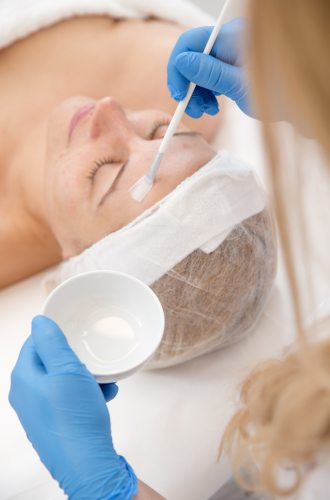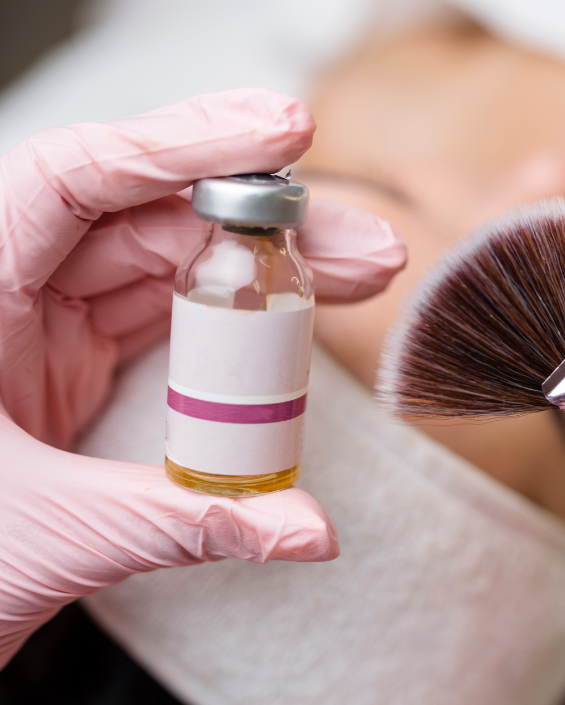Chemical Peels
Chemical Peels
Chemical peels are a popular cosmetic treatment designed to improve the appearance and texture of the skin. This procedure involves applying a chemical solution to the skin, which causes the outer layers to peel off, revealing smoother, more youthful skin underneath. Chemical peels can address a variety of skin concerns, including acne, hyperpigmentation, fine lines, and sun damage. In this comprehensive guide, we will explore the types of chemical peels, their benefits, potential risks, and what to expect during and after treatment.
Chemical peels are a versatile and effective solution for a wide range of skin concerns, from acne and hyperpigmentation to fine lines and wrinkles. By understanding the different types of peels, their benefits, and potential risks, you can make an informed decision about whether this treatment is right for you. Always consult with a qualified professional to ensure the best possible results and minimize any potential complications. With proper care and maintenance, chemical peels can help you achieve smoother, clearer, and more radiant skin.

Our Motive is Helping Patients From Around the Globe
Succesful Surgery
What to Expect During and After a Chemical Peel
Understanding the process of a chemical peel can help alleviate any anxiety and ensure a smooth treatment experience.
Before the Treatment
- Consultation: A thorough consultation with a qualified dermatologist or aesthetician is crucial. During this consultation, your skin type, concerns, and goals will be assessed to determine the most suitable type of peel.
- Preparation: You may be advised to stop using certain skincare products, such as retinoids and exfoliants, a few days before the peel. It’s also important to avoid sun exposure and wear sunscreen to minimize the risk of complications.
During the Treatment
- Application: The skin will be cleansed, and the chemical solution will be applied evenly to the targeted area. You may feel a tingling or burning sensation, which varies depending on the peel’s intensity.
- Neutralization: For some peels, the solution will be neutralized after a specific duration, while others may not require neutralization. The practitioner will monitor your skin’s reaction throughout the process.
